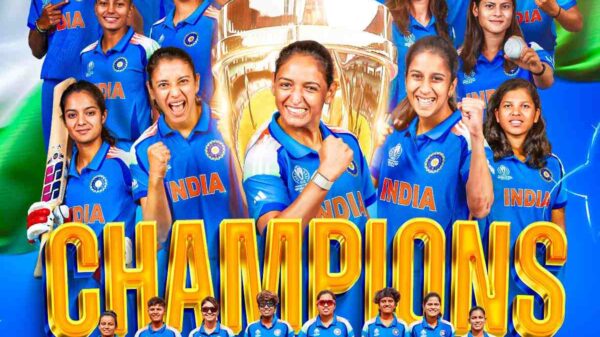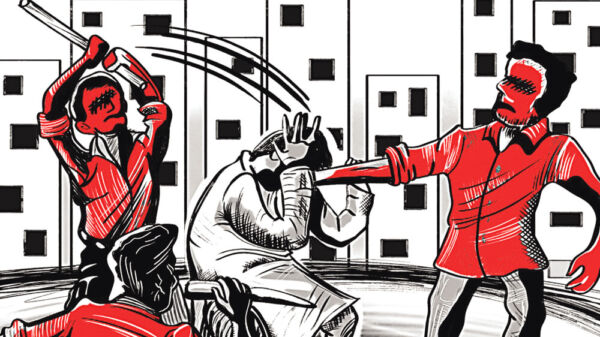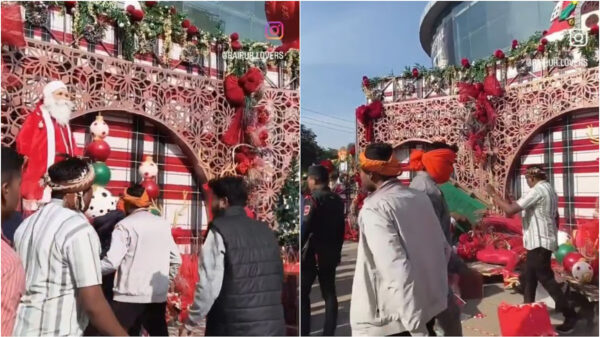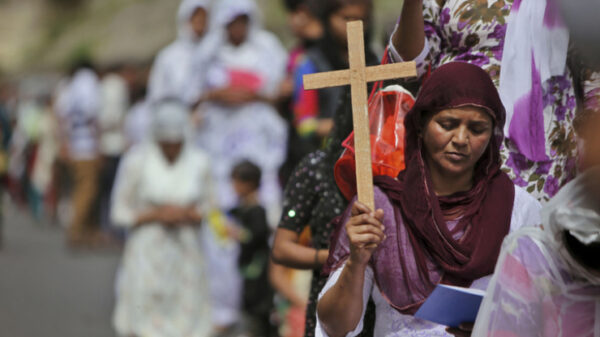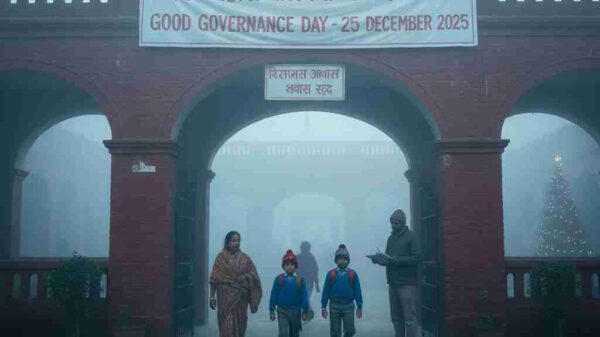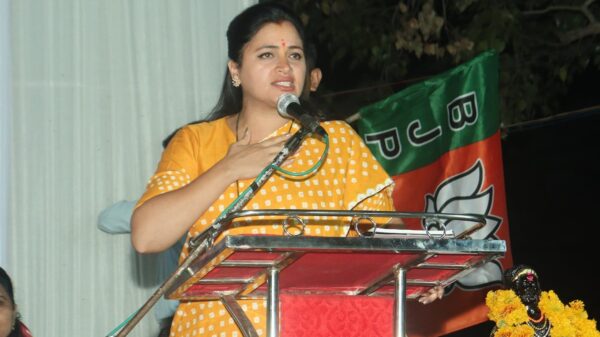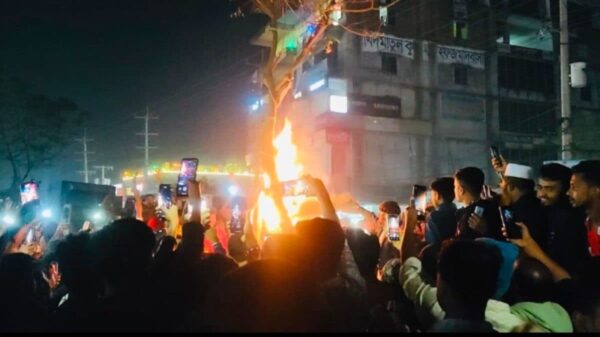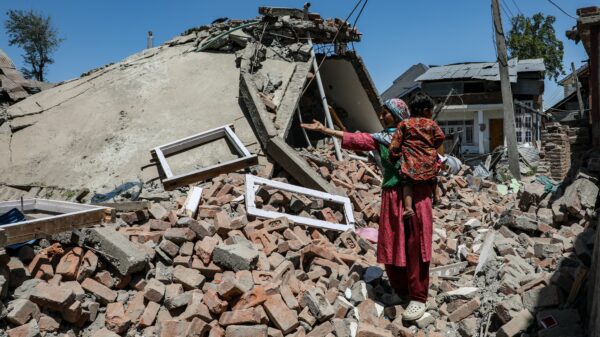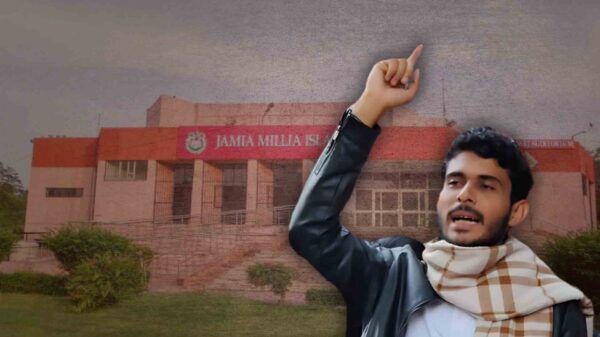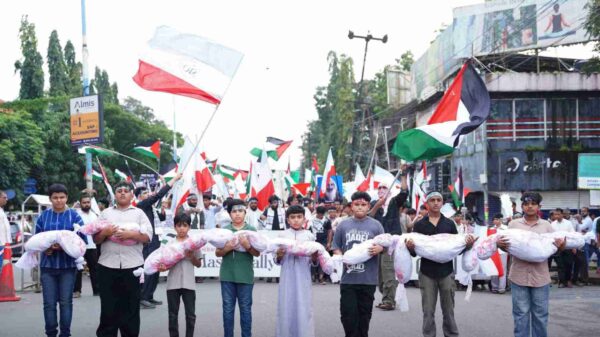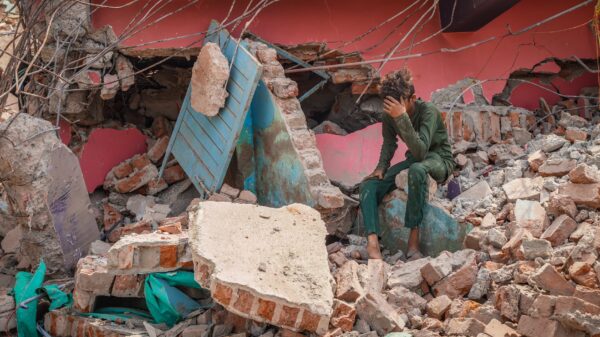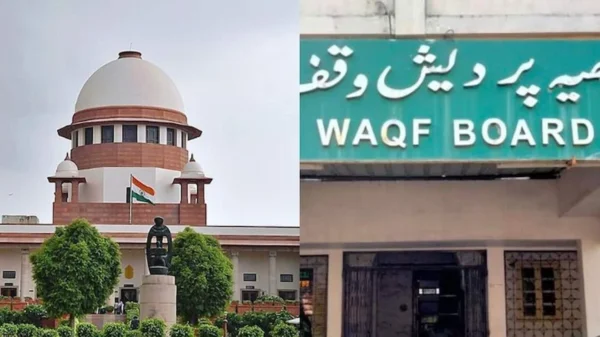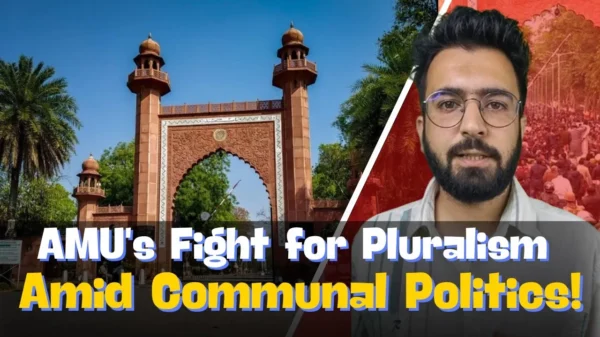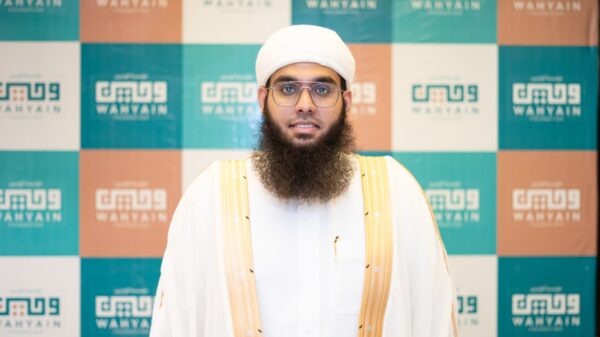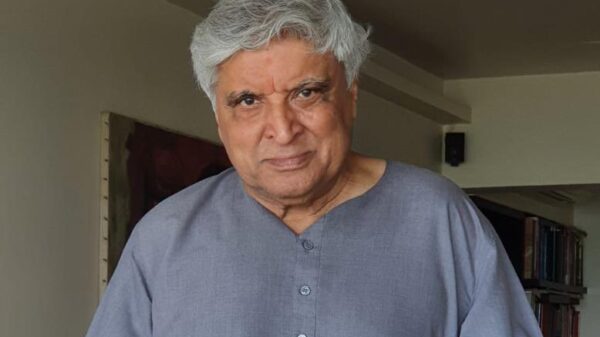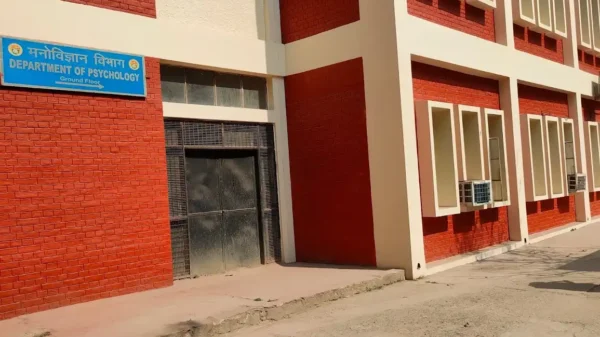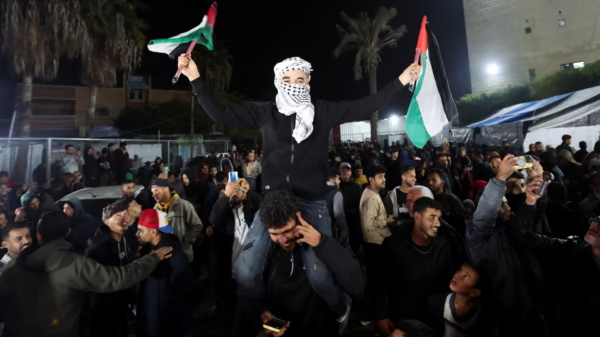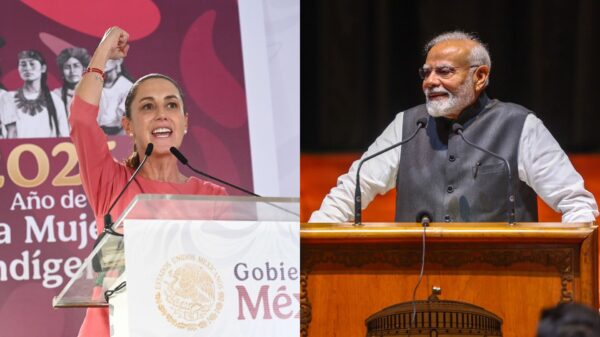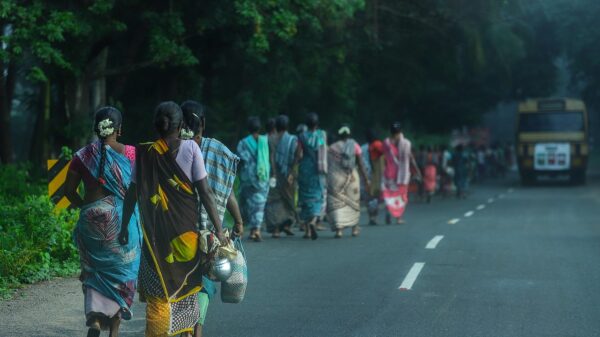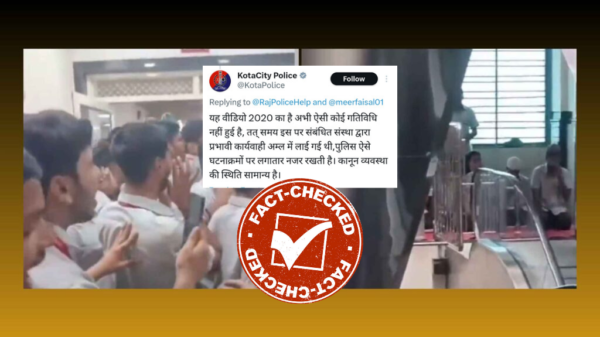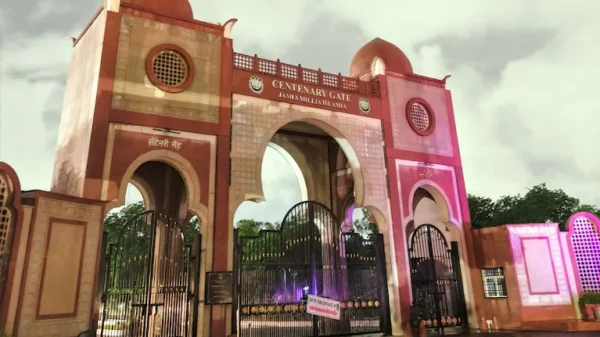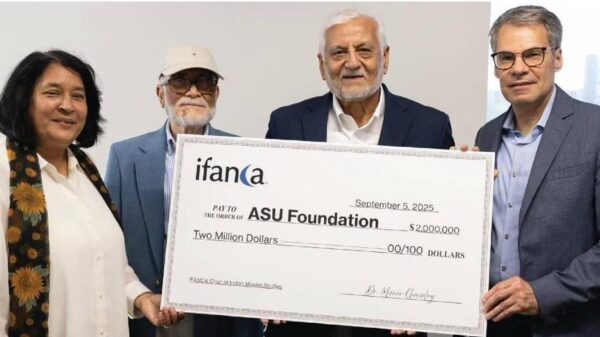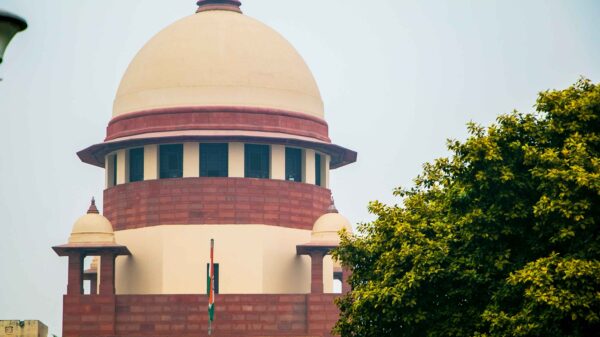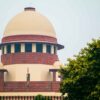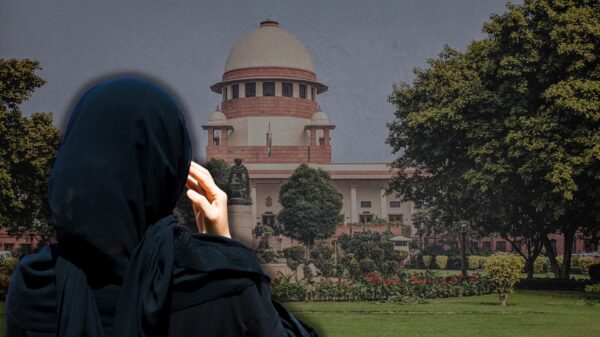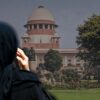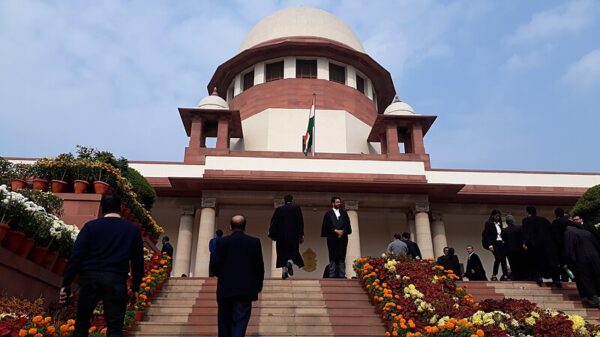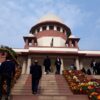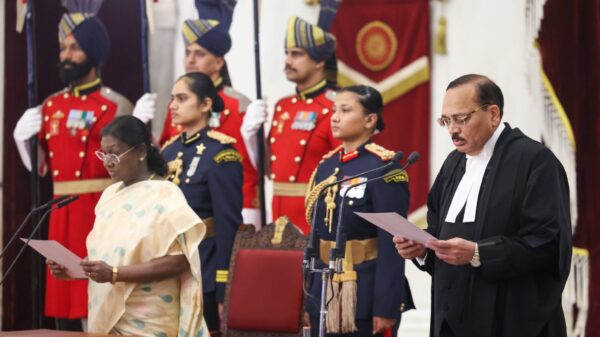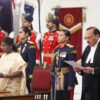In a landmark decision, on August 1st, the Supreme Court confirmed that states have the power to further divide reserved categories based on different levels of backwardness, in order to better allocate the benefits of reservation.
The judgement , delivered by Chief Justice of India DY Chandrachud and Justices BR Gavai, Vikram Nath, Bela Trivedi, Pankaj Mithal, Satish Chandra Sharma, and Manoj Misra, saw six of the judges in favour of sub-categorization, while Justice Trivedi dissented.
The court emphasised the need to exclude the “creamy layer” within the Scheduled Castes from the reservation benefits meant for SC categories. Currently, this concept is only applied to reservations for Other Backward Classes (OBCs).
What did the SC judges say about the “creamy layer” in SC/ST?
According to LiveLaw, Justice BR Gavai argued that states should establish a policy to identify and exclude the “creamy layer” among Scheduled Castes and Tribes from affirmative action benefits. He stated that this step is crucial for achieving true equality as envisioned in the Constitution. He also pointed out that the children of individuals who have already benefited from reservations should not be treated the same as those who have not.
Justice Vikram Nath supported Justice Gavai’s view, stating that the “creamy layer” principle applicable to OBCs should also be extended to SCs and STs, although with different criteria.
Justice Pankaj Mithal argued that reservations should be limited to the first generation. Once a member of the first generation achieves a higher status through reservations, the subsequent generation should not be entitled to the same benefits.
Justice Satish Chandra Sharma emphasised the need for a constitutional mandate to identify the “creamy layer” within the SC/ST communities.
Justice Vikram Nath reiterated his agreement with Justice Gavai, highlighting that the criteria for excluding the “creamy layer” among SC/STs may differ from those used for OBCs.
Justice Mithal suggested that while the current reservation system should continue, there should be a reassessment and development of new methods to support the truly disadvantaged individuals within SC/ST/OBC communities. This would ensure the preservation of the reservation framework until more effective solutions are implemented.
What is the “creamy layer”?
In India, the term “creamy layer” refers to the relatively affluent and highly educated members of the OBCs who are not eligible for reservation benefits in government jobs and educational institutions. This ensures that reservations primarily benefit the truly disadvantaged sections of OBCs.
What are the criteria for determining the “creamy layer”?
Families with an annual income exceeding Rs 8 lakh are considered part of the “creamy layer”. The government periodically revises this income threshold. Additionally, children of high-ranking officers in Group A and Group B services are excluded.

